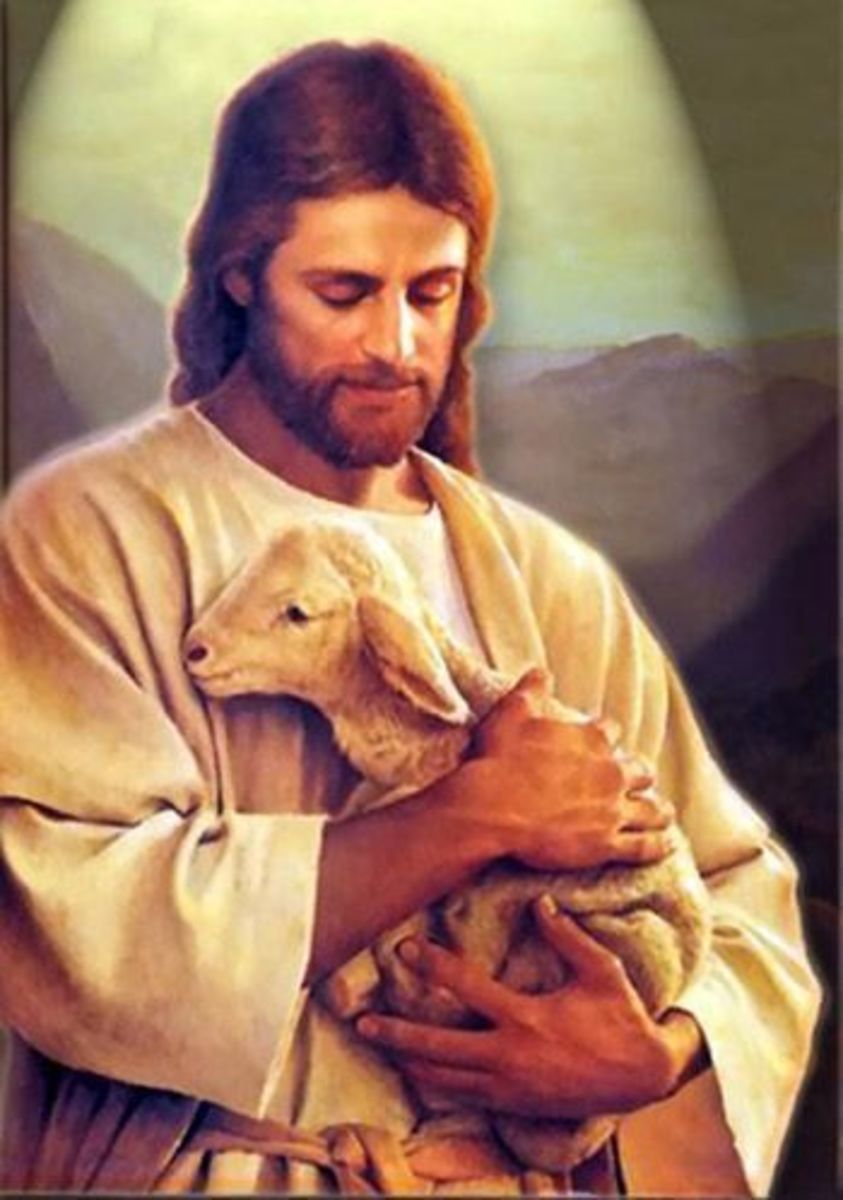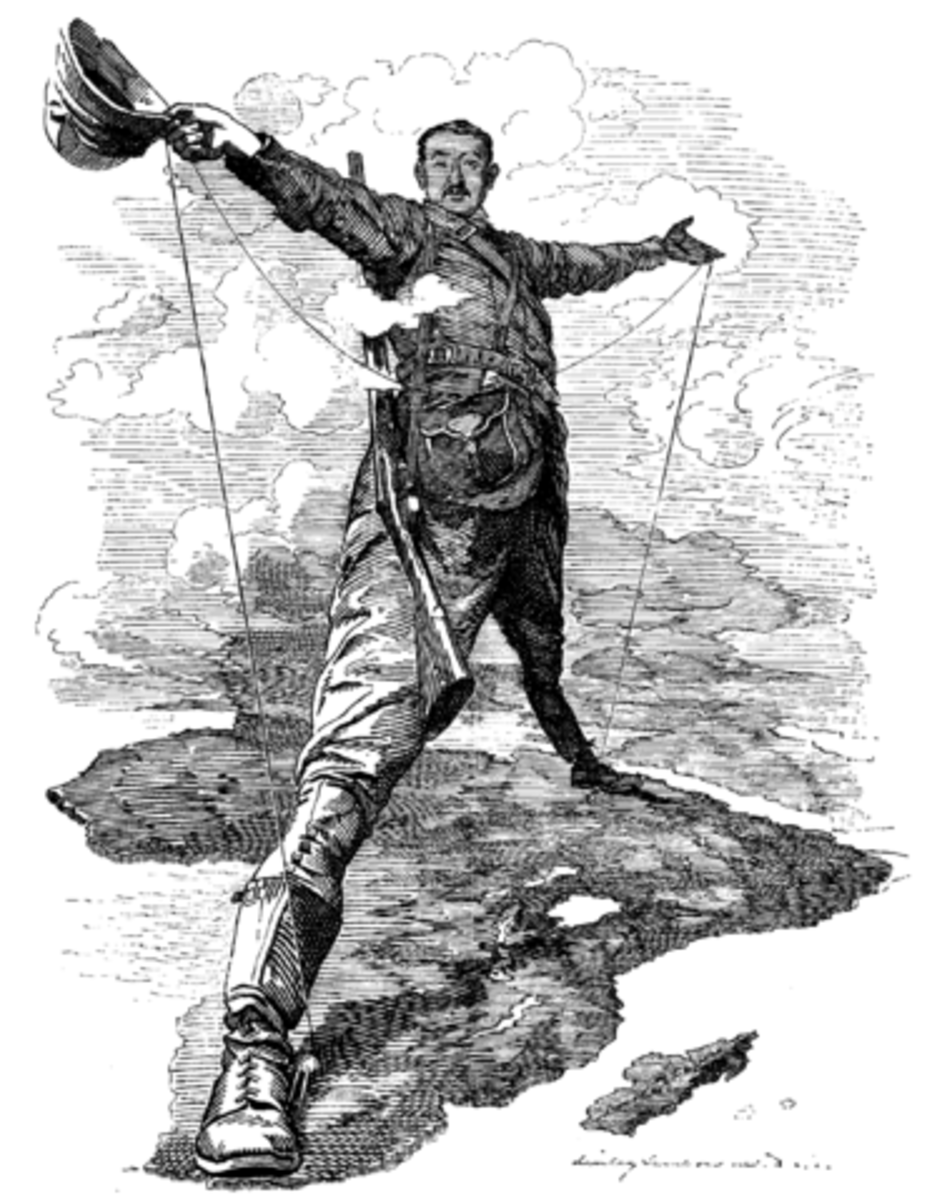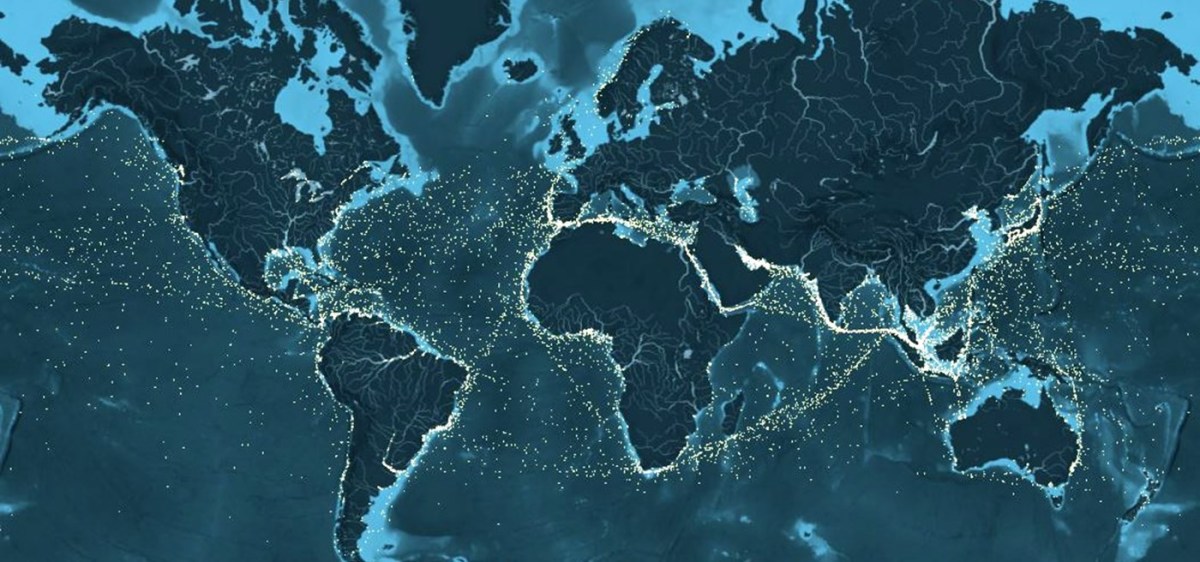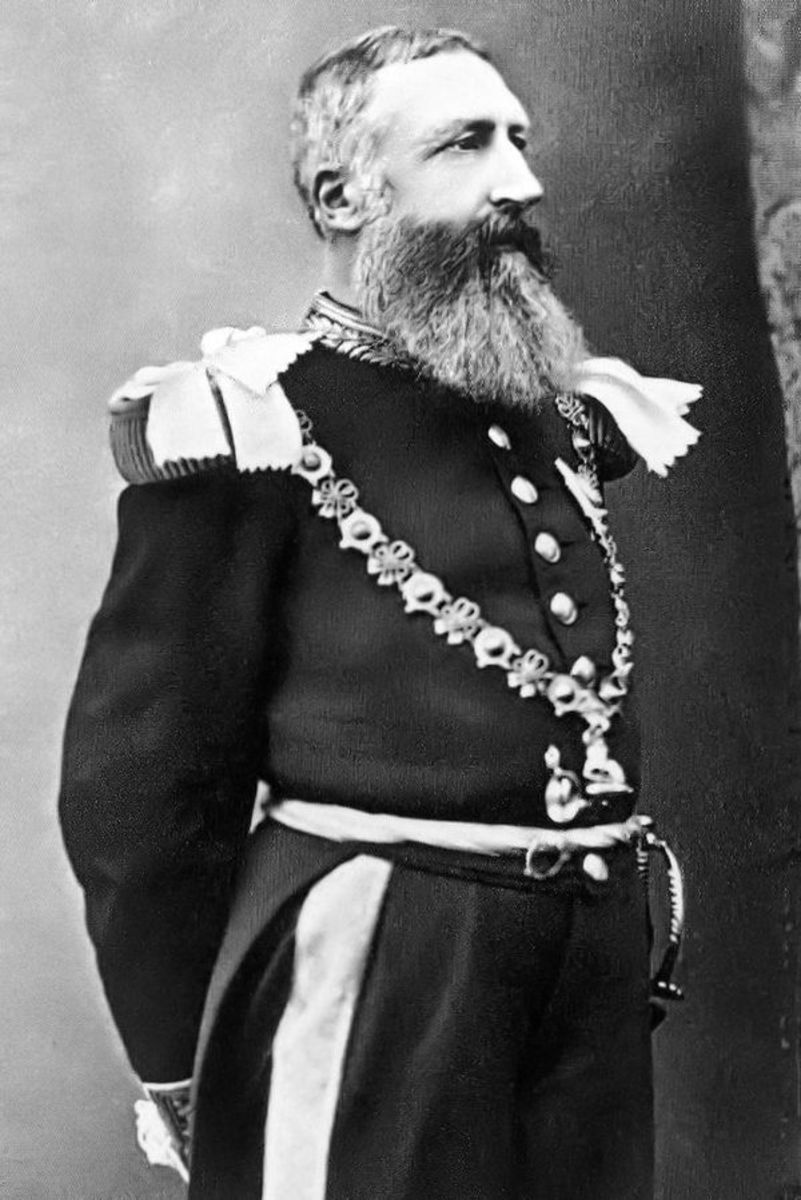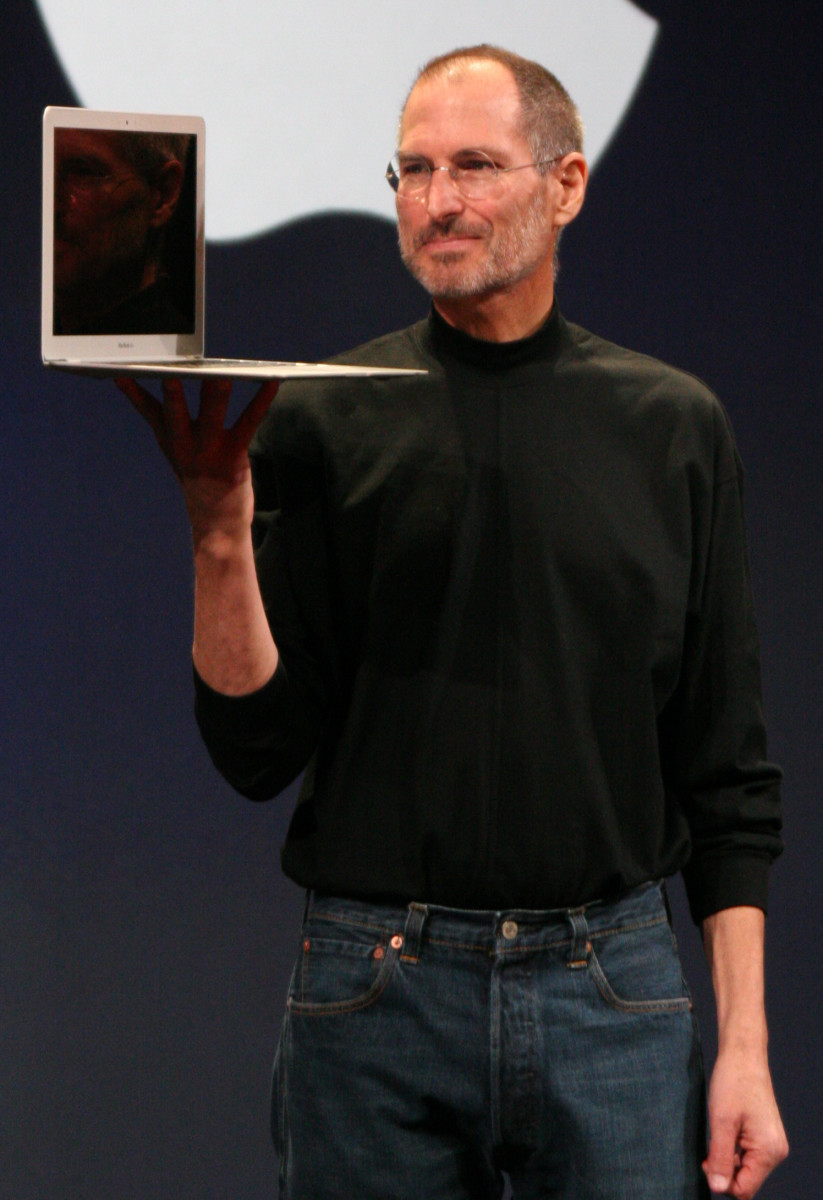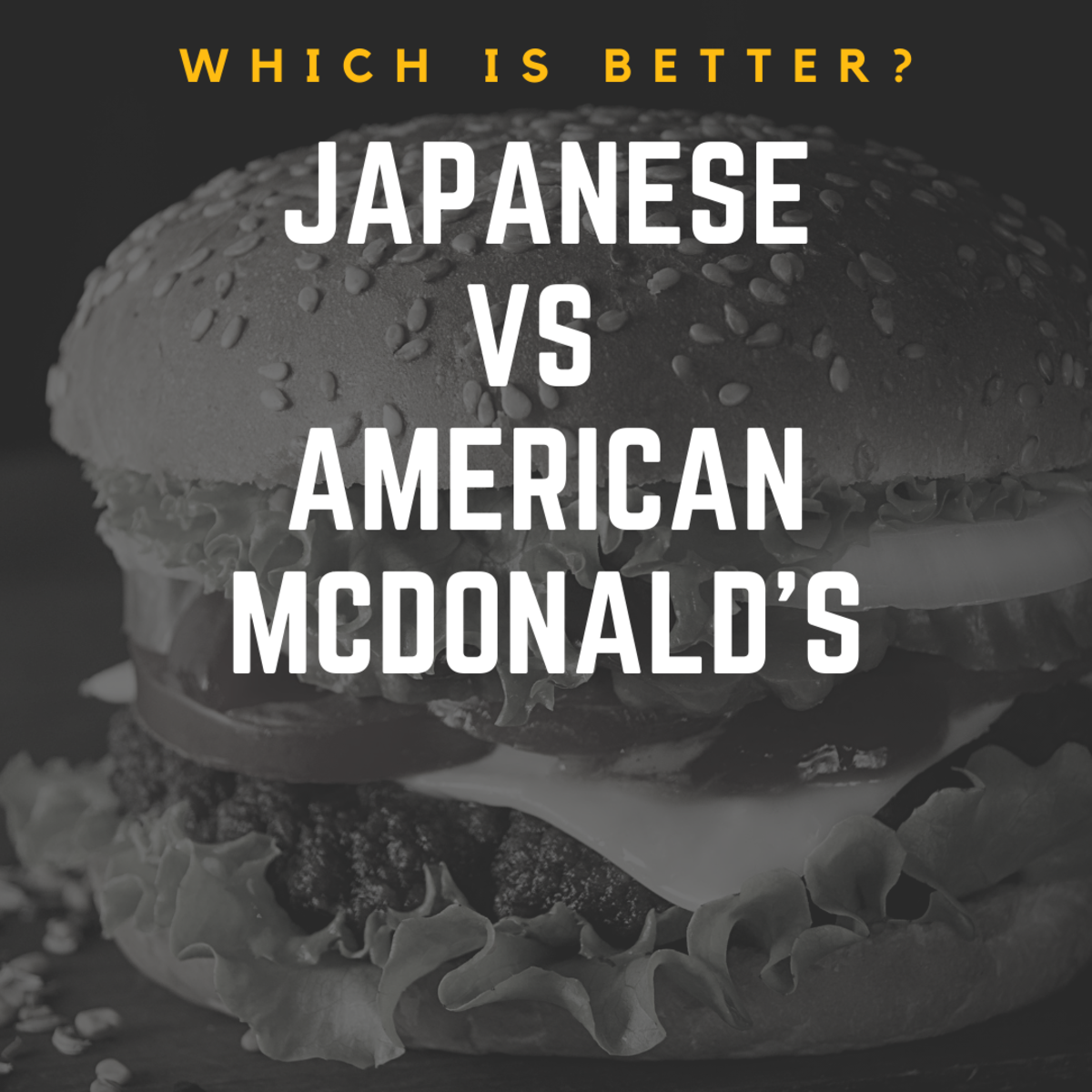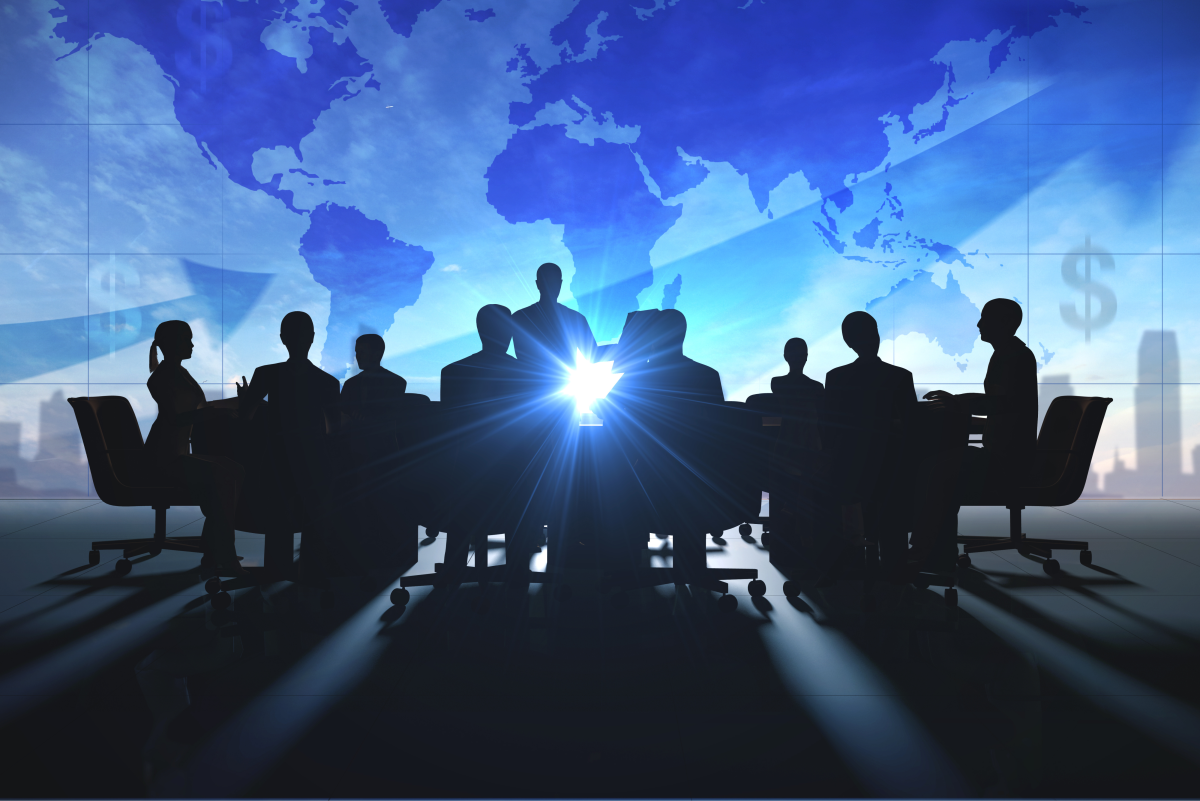The Genesis of the Global Trade Network
Before reading the article, how do you feel about Globalization generally speaking
A brief history of the Age of Discovery
The world between 1500 and 1800 was one that increasingly became connected. Before the Columbian exchange, there was a significant trade network that existed in the settled parts of the old world; Europe, Anatolia, the Middle-east, North Africa, China, IndoChina and of course the Indian sub-continent. However, large parts of the world: North and South America, sub-saharan Africa, Oceana, and Polynesia were largely separate units, sometimes separate units within separate units (for example, a single Polynesian island such as easter island might well have its own tiny economy and trade system that had little or no interaction with the outside world.)
After the Europeans began to look for ways to trade with the east directly (as opposed to through middle-eastern middlemen, whose constant on-again off-again warring with Christian states put a damper on trade) from the early 1400’s on they reached many more parts of the world, and since they were out seeking economic advantage, they brought these parts of the world into the already existing global trade network.

The Americas were brought into this system, but not through trade links as we traditionally think of them; the natives were destroyed by terrible European diseases that wiped out 90% of their population within 100 years. The trade links that were established were physically within the Americas, but it was Europeans doing the trading on both sides of the pond. It was Europeans and their descendants who came to dominate and control the markets in the New World.
By contrast, in Asia, Europeans were allowed to set up shop under the auspices of the existing governments. East Asian civilizations like China and Japan had populations that dwarfed those of European countries and particularly the number of Europeans who went to Asia. For an example of the population difference: in the battle of Sekigahara (1600), Tokugawa Ieyasu (using only a portion of Japan’s available military manpower, since it was a civil war after all) was able to field 88,000 men; during the Battle of Rocroi (1648), the victorious French fielded only 23,000 men. The two battles are an apt comparison because the first sealed Tokugawa’s domination of Japan and the second France’s domination of Western continental Europe. This is where the Europeans had been trying to get all along really; they found a people who were truly more advanced as a society (economically, technologically; the Europeans had better boats and that was about it in the early days) as those they had come from, in stark contrast to what they found elsewhere. The Chinese Emperor Qianlong was not totally off base when he commented on England’s remoteness from civilization (China being the center of center of civilization in his view) in a letter to King George in 1793.



So the Europeans played nice in Asia and only set up trade posts along coasts; actually their presence was quite helpful as their ships acted as enforcers against piracy in Asian waters. So in China they were allowed Macau (Portuguese) and later Hong Kong (England); in Japan they were allowed Nagasaki (Dutch.) Of course, certain areas, like the Philippines that were relatively primitive militarily ended up being European dominated, but for the most part, Portuguese, Spanish, Dutch, and English merchants were happy to travel to Asia to buy goods and sell them again in Europe at exorbitant prices.
In Africa, the Europeans once again stuck mostly to coastal outposts in the face of large demographics and strong culture which resisted their influence. However, they were able to make some states into vassals and they ultimately set up shop for the slave trade, which was already prolific in Africa, where war captives were taken as slaves and people’s status was largely determined by the number of slaves they owned. To Africans, the price Europeans were willing to pay for slaves was too great to pass up and millions were sold to Europeans for use as laborers in plantations in the new world.

The middle east during this time period went through a period of consolidation, going from many small states and weak, aged empires, to being mostly controlled by 3 large empires, the Ottomans, the Safavids, and the Mughals. The Islamic world in this period started out quite successful economically, but eventually faced economic stagnation as their role as middle-men between east and west was severely compromised by Europeans finding more direct routes and, indeed, other sources of income. During this period, Islamic learning fell behind western standards as inventions like printing presses were banned, limiting the flow of information when compared to European nations, were literacy rates rose as reading material became more widely available. While Western nations were embracing “enlightenment” ideals, the Islamic nations began rejecting them, even though they were the ones at the forefront of much of science before the 1500’s.
In a really significant way, the Ottoman, Safavid, Mughal, Qing, and Tokugawa dynasties cultural conservatism led them to reject European ideas as foreign and corrupt, even when they were good ideas. Especially in warfare, many of these large empires felt secure enough with internal and external security that they stopped seeking military reforms and advancement in the late sixteenth and seventeenth century. Consequently, by the 1750’s, the European nations had pulled well ahead, with infantry that fought in tight organized formations, using superior flintlock guns armed with bayonets, as well as much better and more varied artillery such as “light” guns firing 2-3 lb projectiles that could be easily moved around the battlefield. In contrast, the Asian empires stuck mostly with matchlocks, or if they did adopt flintlocks they usually skipped bayonets; and artillery was hardly developed at all. It got so bad in the nineteenth century that England and France actually defeated China handily in two wars and forced china to accept the Opium trade.

All told, the world from 1500 to 1800 went from being a series of small relatively isolated economies, with some trade, to one where the world was connected on a grand scale and the trade infrastructure of the modern world began to form. This was the first time period in history where you could truly say that different world economies began to depend on each other in order to maintain lifestyles. The flow of spices to Europe, for example, greatly affected the way people ate, as did the flow of new crops from the Americas such as corn and especially Potatoes, which became an extremely important crop in Europe later on. Not just that either, the prices of goods became global for the first time too. In China, before European direct contact, silver was actually more valuable than gold because it was so rare there. After the Spanish and Portuguese stated trading massive amounts of America mined silver to the Chinese for trade goods like silk and porcelain the price of silver dropped like a rock in China; you see the price was adjusting to the global one as China entered the world market. In essence, this time period marked the true beginning of a global economy for the first time, it was the beginning of the world trade network and globalization, and it was the start of global interconnectedness and dependency.

Post 1800 - Globalization
Globalization is defined by Miriam-Webster as the "process by which the experience of everyday life, marked by the diffusion of commodities and ideas, is becoming standardized around the world. Factors that have contributed to globalization include increasingly sophisticated communications and transportation technologies and services, mass migration and the movement of peoples, a level of economic activity that has outgrown national markets through industrial combinations and commercial groupings that cross national frontiers, and international agreements that reduce the cost of doing business in foreign countries. Globalization offers huge potential profits to companies and nations but has been complicated by widely differing expectations, standards of living, cultures and values, and legal systems as well as unexpected global cause-and-effect linkages" The term globalization is one way of describing the global trade network which has emerged in the last 200 years.
From the 1800's until today the global marketplace has become more and more connected. Through wars, famines and plagues, and trade deals and economic interaction and industrial specialization nations became more and more connected economically. As the world has become more and more specialized nations became more dependent upon one another. For example; lower wages in certain parts of the world mean they can manufacture goods for cheaper than others; while nations with higher rates of education can produce specialized goods such as phones and computer software.
Now, with the advent of the internet the world is even more connected and information is more available than ever; as globalization continues we can expect the world to become ever more interconnected. Both economically via specialization as well as closer and closer in thoughts and ideas as information flows ever more freely on the internet.


